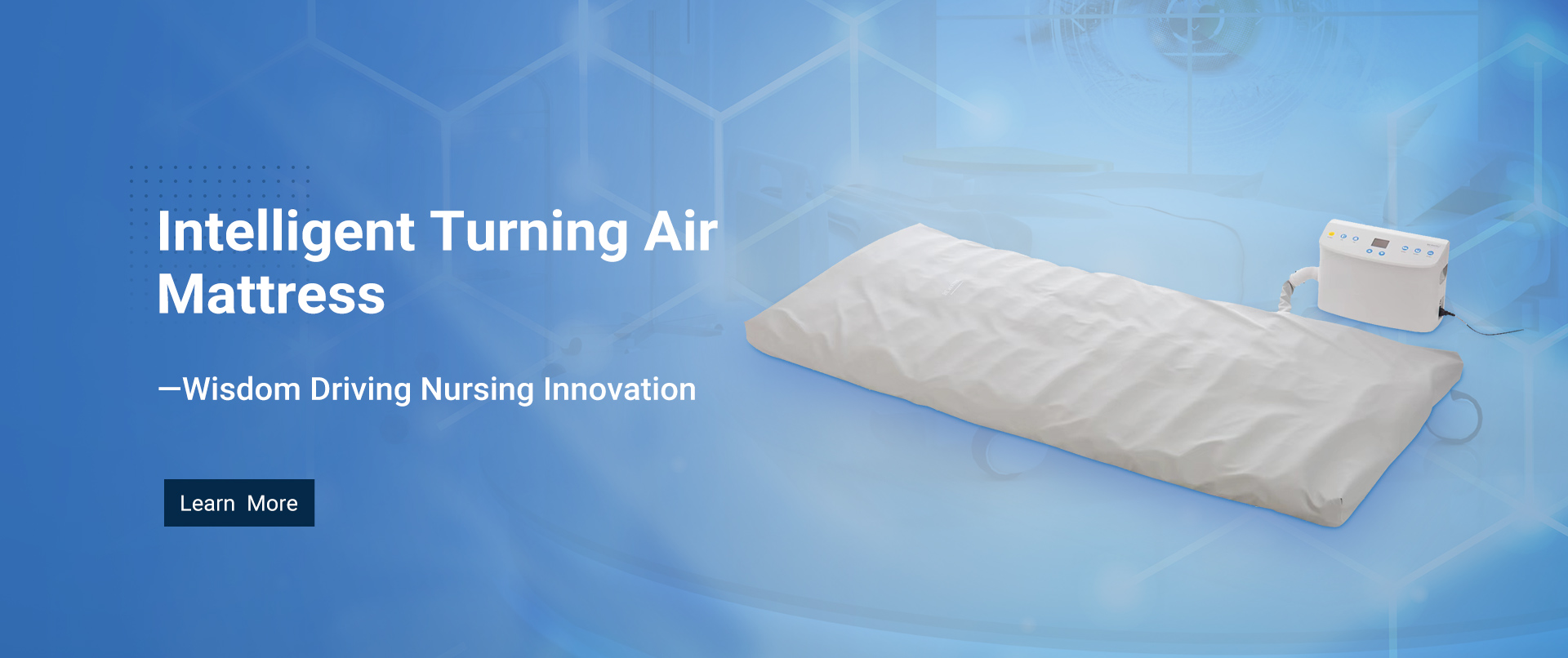Have you ever wondered how doctors keep track of patients’ health without needing them to come into the hospital? Thanks to real-time patient vital signs trackers, doctors can monitor important health signals from far away. This technology is changing the way healthcare works, especially through remote patient monitoring. But what exactly is a real-time patient vital signs tracker, and why is it so important for telemedicine today? Let’s dive in.
How does a Real-Time Patient Vital Signs Tracker work?
A real-time patient vital signs tracker is a device or system that continuously collects important health data from patients. These vital signs usually include heart rate, blood pressure, breathing rate, and body temperature. The word “real-time” means this data is sent instantly or very quickly to doctors or caregivers. This lets healthcare providers watch a patient’s condition as it happens, rather than waiting for scheduled check-ups.
Why Is Real-Time Tracking Important in Remote Patient Monitoring?
Remote patient monitoring (RPM) allows doctors to care for patients outside the hospital. This is especially useful for people with chronic illnesses, elderly patients, or those recovering from surgery. Real-time patient vital signs tracking makes RPM possible by providing up-to-date health information at any moment.
For example, if a patient’s heart rate suddenly changes or their oxygen level drops, doctors can be alerted right away. This quick response can prevent emergencies and even save lives. According to a study published by the American Heart Association, patients monitored remotely with real-time vital signs tracking had a 30% lower chance of hospital readmission.
Benefits of Real-Time Patient Vital Signs Trackers in Hospital Settings
1. Enhanced Patient Safety:
Real-time tracking allows hospital staff to receive instant alerts if a patient’s condition changes suddenly, enabling quick intervention during emergencies.
2. Continuous Monitoring Without Discomfort:
Patients can be monitored 24/7 without the need for intrusive equipment, improving their comfort during recovery or long hospital stays.
3. Improved Workflow Efficiency:
Nurses and doctors can access real-time data from centralized dashboards, reducing the need for frequent manual checks and allowing staff to focus on patients who need urgent attention.
4. Early Detection of Health Deterioration:
Vital sign trends can reveal early warning signs before they become critical, helping medical teams make timely and informed decisions.
5. Support for Personalized Treatment:
Real-time data helps tailor care plans based on each patient’s current condition, leading to more effective and individualized treatment.
How BEWATEC Supports Remote Patient Monitoring
At BEWATEC, we are dedicated to supporting digital transformation in healthcare by developing products that improve patient safety and comfort. One of our key innovations is the iMattress Vital-Sign Monitoring Mattress, which uses embedded sensors to track vital signs continuously without bothering the patient. This mattress is designed to offer:
1. Non-intrusive monitoring: Patients can rest naturally while their vital signs are recorded.
2. Accurate and real-time data: Continuous updates help caregivers react quickly.
3. Comfortable design: The mattress offers physical support alongside health monitoring.
4. Seamless integration: It works well with hospital IT systems to provide clear insights.
Our commitment to digital healthcare means helping patients enjoy personalized and safer care journeys.
Real-time patient vital signs trackers are no longer the future—they are here now, making remote patient monitoring more effective and accessible. By keeping patients safer and more comfortable, these trackers are changing healthcare for the better.
Post time: Jun-27-2025








